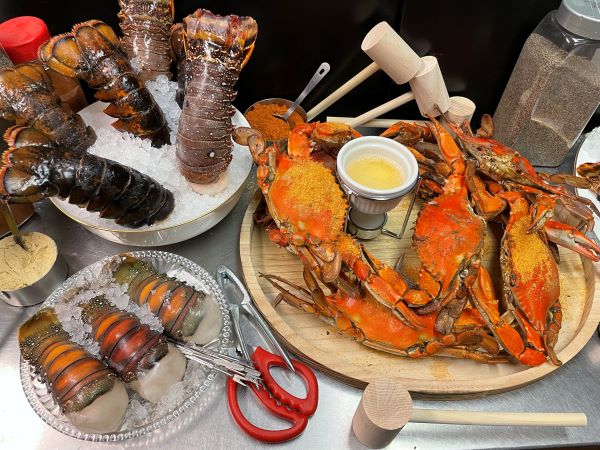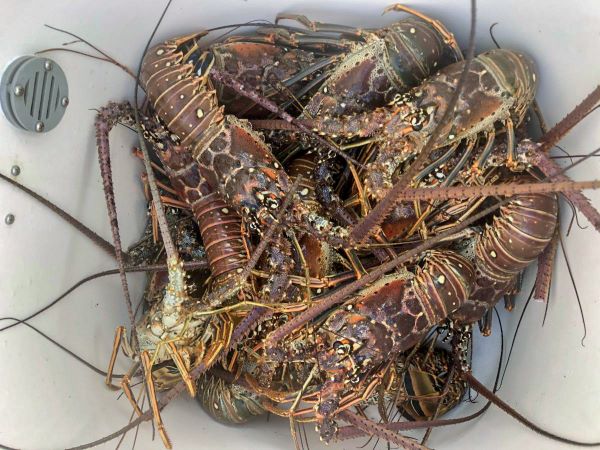Lobster Shells, The Hard Facts



Lobster Shells, The Hard Facts
If you’re trying to decide on a soft-shell lobster versus a hard-shell, crack these facts for a wise choice. Picking lobster meat from Maine naturally has a tender sweet taste, bar none to other waterways. Maine’s rocky coastline sets up the perfect habitat for the lobsters to grow meat slowly, which makes it tender. The plentiful supply of fish, crabs, clams, mussels, and sea urchins give the meat a nourishing, succulently buttery taste. That’s lobsters as a whole, but what about lobsters with hard-shells and ones that have recently molted and carry a soft one? Which tastes better?
Now the FACTS. Hard-shells have the advantage in shipping since it protects the lobster from the bumps in the road and transit. The jammed packed meat and density also gives the hard-shell nourishment through the travels. Conversely, soft-shells represent a lobster that recently molted and has just begun growing into a new shell. The extra room within the shell fills with salt water, which gives a messy experience for the diner as he cracks into the delicious meat. Also, the salt water naturally gives the soft-shell a saltier taste. Probably the best quality, however, for soft-shell is the extra tender meat based on the “marinating” from the salt water. Then, with all these lobster facts, you must decide. Some choose cost. Hard-shells have more meat per pound and sea markets know this and charge more for these lobsters. Both boast succulent and somewhat buttery meat, a characteristic of Maine’s delicacy. Nothing takes away the joy of cracking a lobster shell and pulling a huge chunk of meat from the claws, so most prefer the hard-shell. We give you the challenge. Do you prefer hard- or soft-shell lobsters?
